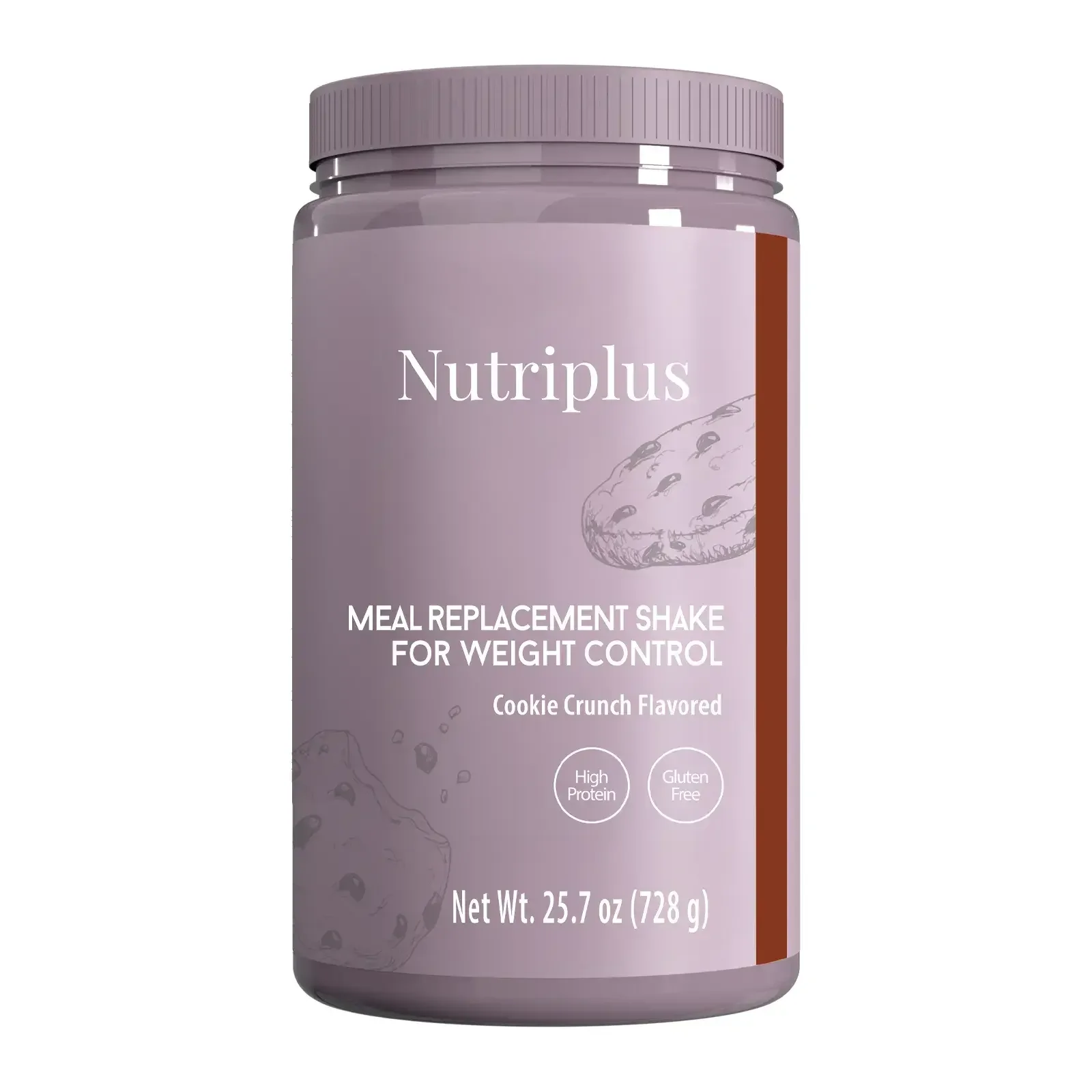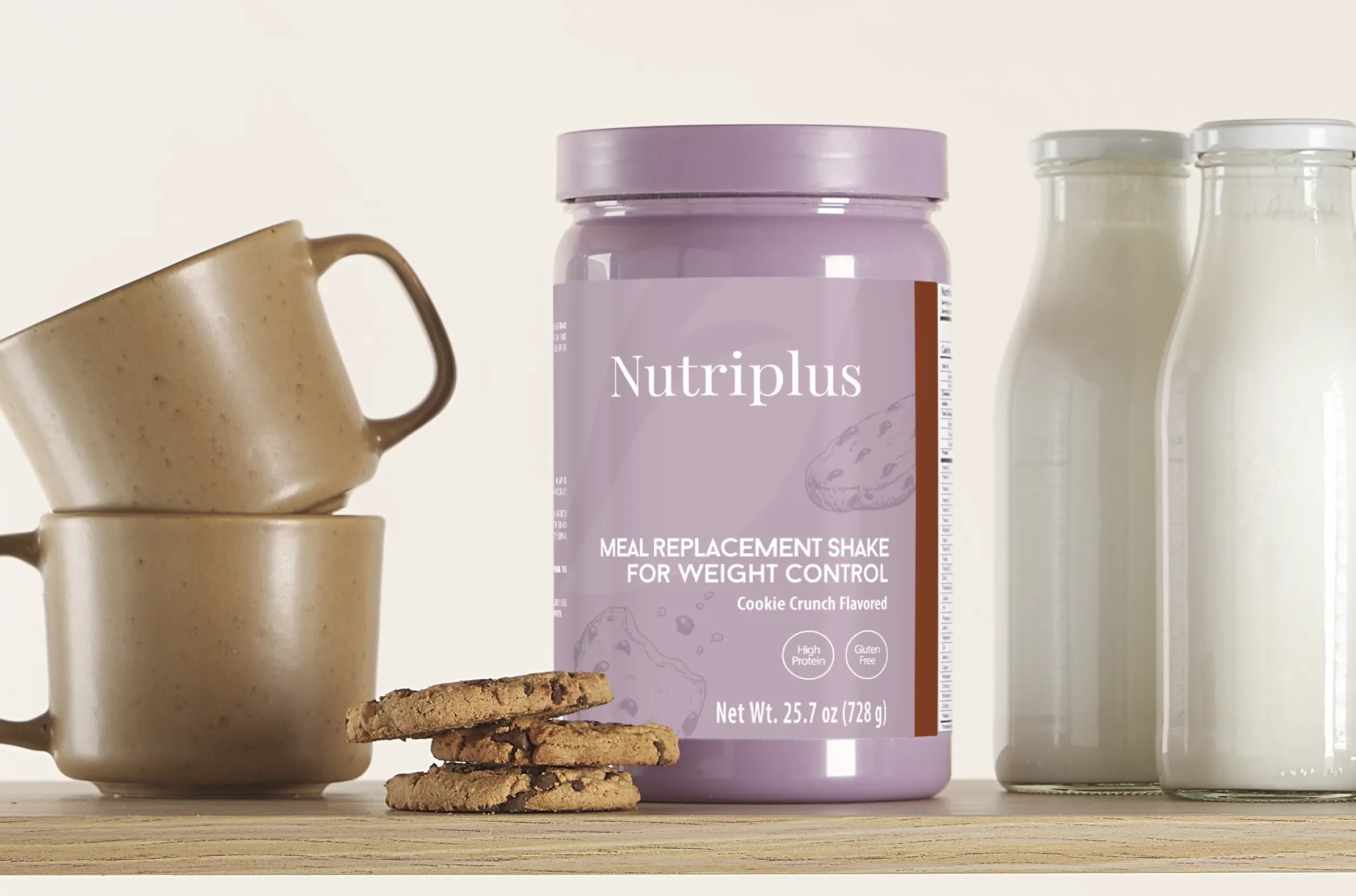Meal Replacement Shakes vs. Protein Shakes: What’s the Real Difference?
This post contains affiliate links.
If you’ve ever stood in the nutrition aisle of your grocery store or scrolled through fitness supplements online, you’ve probably seen two types of powder mixes pop up again and again: protein shakes and meal replacements.
At first glance, they seem almost identical. Both come in a tub or packet, both mix into liquid form, and both promise health benefits like muscle growth, weight management, or convenience for busy individuals. But here’s the truth: they are very different products designed for different purposes.
So how do you know whether a protein drink or a meal replacement drink is the right choice for your fitness goals? Let’s break it down.
Protein Shakes: The Basics
A protein shake is exactly what it sounds like—a drink made by mixing protein powders (like whey protein, casein protein, or plant-based proteins such as hemp proteins or rice protein) with water, milk, or another liquid.
The goal of protein shakes isn’t to replace a whole meal but rather to give you an easy way to boost your daily protein intake.
Protein content: Typically 15–30 grams of protein per serving
Calories: Usually fewer calories than a meal—around 100–250 depending on added ingredients
Nutrients: Minimal beyond protein unless you add extras like nut butter, fruit, or whole foods
Think of protein shakes as a dietary supplement—not a complete nutrition shake. They’re not designed to give you essential vitamins, healthy fats, or dietary fiber in significant amounts. Instead, they deliver extra protein to help with things like:
Muscle repair after workouts
Muscle protein synthesis for muscle building and muscle gain
Preventing muscle loss during a calorie deficit
Supporting athletic performance
Protein shakes are a convenient option for fitness enthusiasts or anyone who struggles to get enough protein from solid food alone.
Meal Replacement Shakes: The Basics
Now let’s look at meal replacements (sometimes called meal shakes or meal replacement drinks). These are designed to do exactly what the name suggests: replace a regular meal.
Unlike protein shakes, they aren’t just about one macronutrient. Instead, they’re formulated to provide a balanced nutritional profile that resembles a full meal.
Protein content: Usually 15–25 grams of protein per serving
Calories: Higher than a protein shake, around 200–400 per serving
Nutrients: Contain essential vitamins, essential fatty acids, dietary fiber, and healthy fats
In other words, meal replacements are made to cover nutritional needs when you can’t sit down for a whole meal. They’re a convenient way for busy individuals with a busy schedule to maintain a balanced diet without reaching for fast food.
Some benefits of meal replacement shakes include:
Supporting weight loss goals by offering fewer calories than many traditional meals
Helping with long-term weight loss during a weight loss journey (research in the American Journal of Clinical Nutrition and Journal of Nutrition has shown they can be effective)
Providing a balanced meal in liquid form that’s easy to digest
They are especially useful for people with specific goals like fat loss, weight management, or even health conditionsthat make it difficult to consume solid food.
Key Differences Between Meal Replacements and Protein Shakes
Now that we know the basics, let’s highlight the key differences.
Purpose
Protein shakes: Aimed at boosting protein supplementation to support muscle mass, muscle recovery, and muscle growth.
Meal replacements: Designed to replace a whole meal and deliver a balanced meal in liquid form.
Nutritional profiles
Protein shakes: Focus on high amounts of protein with limited essential nutrients.
Meal replacements: Contain essential vitamins, dietary fiber, healthy fats, and grams of carbohydratesfor energy.
Calories
Protein shakes: Provide fewer calories (good for those in a calorie deficit).
Meal replacements: Offer a higher calorie content to keep you full and replace a full meal.
Best for
Protein shakes: Fitness enthusiasts wanting extra protein, muscle tissue repair, or muscle gain.
Meal replacements: Busy individuals seeking complete meals, weight loss goals, or managing dietary needs.
Protein Shakes for Muscle Building
If your main goal is muscle gain or preserving lean muscle during fat loss, a protein shake might be the better option.
Research shows that consuming around 1.6–2.2 grams of protein per kilogram of body weight is optimal for muscle growth and muscle protein synthesis. A protein drink is an easy way to hit those numbers without overloading on extra calories.
For example:
A scoop of whey protein provides about 20–25 grams of protein with minimal carbs and fat.
Mix it with water, and you’ve got a low-calorie option to boost muscle recovery after a workout.
Mix it with milk and nut butter, and you’ve got a higher-calorie shake that supports weight gain and muscle building.
Meal Replacements for Weight Management
On the other hand, meal replacement powder or meal shakes are often used for weight management. They’re formulated to provide enough protein, grams of carbohydrates, and important nutrients while keeping calorie intakein check.
Instead of grabbing fast food on a busy schedule, a meal replacement drink gives you:
Complete nutrition shakes with essential amino acids
Balanced nutritional profile including healthy fats and essential fatty acids
A more convenient option for a healthy diet
For someone on a weight loss journey, replacing one or two regular meals with meal shakes can create a calorie deficitwithout sacrificing essential nutrients.
The Role of Whole Foods
While both shakes are convenient ways to meet your nutritional needs, it’s important to remember that neither should completely replace whole foods.
Whole foods provide:
Phytochemicals
Antioxidants
Natural nutritional value that powders can’t fully replicate
Think of shakes as dietary supplements or convenient options, not a permanent replacement for a balanced diet built on solid food.
A registered dietitian will almost always recommend including shakes alongside high-protein meals with whole foodsrather than relying solely on powder mixes.
Choosing the Right Protein Source
When it comes to both protein shakes and meal replacements, the type of protein source matters:
Whey protein: Fast-digesting, great for muscle recovery
Casein protein: Slow-digesting, supports muscle tissue repair overnight
Plant-based proteins (hemp proteins, rice protein, pea protein): Good option for vegans or those with health conditions like lactose intolerance
The right protein for you depends on your dietary needs, fitness goals, and whether you’re trying to avoid artificial ingredients.
Potential Downsides
Like any dietary supplement, both protein shakes and meal replacement shakes have potential drawbacks.
Protein shakes: May lack important nutrients if used to replace regular meals
Meal replacements: Some may contain artificial ingredients or not enough nutritional value to truly count as complete meals
Overreliance: Depending too heavily on shakes instead of whole meals can limit dietary fiber and essential vitamins intake
So… Which Is the Right Choice?
At the end of the day, whether you choose a protein shake or a meal replacement drink comes down to your specific goals and different needs.
Want muscle gain, muscle repair, or an easy way to get extra protein? → Protein shakes are your friend.
Need a balanced meal for weight management, fat loss, or convenience on a busy schedule? → Meal replacements are probably the better option.
Remember: Both can be good options, but neither should completely replace a balanced diet built on whole foods.
The Benefits of Farmasi Nutriplus Meal Replacement Shakes
If you’re looking for a meal replacement powder that actually delivers on taste and nutrition, the Farmasi Nutriplus Meal Replacement Shakes are a great option. Unlike some meal replacement drinks that are packed with artificial ingredients, these shakes are made with a balanced nutritional profile that supports a healthy diet.
Each serving contains enough protein to support muscle recovery and muscle maintenance, plus essential vitamins, minerals, and dietary fiber to help you feel satisfied. They also include healthy fats and essential fatty acids, making them a complete nutrition shake that’s perfect for busy individuals who don’t want to skip a meal.
Whether your specific goals are weight management, long-term weight loss, or simply having a convenient option for those hectic days, Farmasi Nutriplus gives you a better option than grabbing fast food. Many users love that it supports their fitness goals while tasting like a treat, so you don’t feel like you’re sacrificing flavor for health.
Final Thoughts
Both protein supplementation and complete nutrition shakes have their place in a healthy diet. The real trick is understanding their different purposes and using them strategically.
Use protein shakes as a convenient option to support muscle protein synthesis, muscle recovery, and overall athletic performance.
Use meal replacements as a convenient way to cover your nutritional needs and maintain a balanced diet when you’re on a busy schedule.
By knowing the key differences, you can make the right choice for your fitness goals, dietary needs, and weight loss journey—without falling for the marketing hype.
And remember: no matter how good the powder mixes taste, nothing beats the nutritional power of whole foods.


